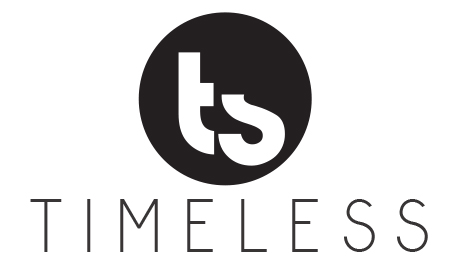
A 3-Step Plan for Early Retirement
Do you want to retire early? You’re not alone. According to a recent study from MSN, two-thirds of millennials want to retire before age 65.1 That’s well ahead of the current Social Security full retirement age of 67.
Retirement is a challenge at any age. Many Americans lack the needed savings to fully retire in their late 60s or even early 70s. Early retirement is an even more difficult challenge. If you retire early, you could spend more time in retirement than you did saving for retirement. You may spend many of the early years of retirement without the benefit of Social Security or Medicare.
The good news is you can retire early if you develop a plan and stay disciplined. Below are three steps to help you get started on your planning. As is the case with any financial planning, your decisions and actions should be based on your unique needs and objectives. A financial professional can help you develop and implement your strategy to retire early.
Estimate your need.
Any retirement strategy should start with an estimate of your spending needs. It’s impossible to predict your exact spending in the future, but with a little research, you can probably develop a reasonable projection.
Look at your current spending and consider how it might change when you retire. Will you downsize to a smaller home? Will you travel or take up a new hobby? How much money will you need to live? Also, remember to account for inflation up until and throughout retirement.
Once you have a spending estimate, consider how many years you may live in retirement. Those retiring at traditional age may need to plan for a retirement of 20 or 30 years. If you retire early, however, you may need to plan on funding 40 years or more of living expenses. If you multiply your annual spending estimate by your retirement duration, you should get a ballpark figure of how much you may need to save.
Calculate your savings requirement.
Of course, you may not need to fund your total living expenses with savings. You will likely benefit from Social Security, and you may have access to a pension or other source of retirement income. Deduct those income sources from your spending needs to estimate your required savings amount.
Once you know how much you need to save, you can develop a savings road map. Determine how much you should save each year to hit your target before retirement. Also, consider how your investment strategy may impact your savings growth. Be sure to consider poor investment returns and how lower-than-expected performance could affect your plans.
Once you have your savings targets in place, the hard part is staying disciplined and meeting your savings goals every month. Work to limit your unnecessary spending so you can meet your objectives.
Bridge any gaps.
You may find that even with a spending estimate and savings plan in place, you still won’t have enough to retire as early as you would like. If so, you have a few choices. You can delay retirement a bit so you can save more money, or you can find a way to save more money each year.
A third option is to scale back your retirement plans. Look for areas to reduce your projected spending. You could downsize to a smaller home or reduce your travel budget. You could also work part time or seasonally in retirement to generate extra income. Think of ways to reduce your savings need so you can still hit your target.
Ready to develop your early retirement strategy? Let’s talk about. Contact us at Timeless Solutions. We can help you analyze your needs and implement a plan. Let’s connect soon and start the conversation.
1http://www.businessinsider.com/millennials-not-saving-enough-to-retire-early-2017-6
Licensed Insurance Professional. This information is designed to provide a general overview with regard to the subject matter covered and is not state specific. The authors, publisher and host are not providing legal, accounting or specific advice for your situation. By providing your information, you give consent to be contacted about the possible sale of an insurance or annuity product. This information has been provided by a Licensed Insurance Professional and does not necessarily represent the views of the presenting insurance professional. The statements and opinions expressed are those of the author and are subject to change at any time. All information is believed to be from reliable sources; however, presenting insurance professional makes no representation as to its completeness or accuracy. This material has been prepared for informational and educational purposes only. It is not intended to provide, and should not be relied upon for, accounting, legal, tax or investment advice. This information has been provided by a Licensed Insurance Professional and is not sponsored or endorsed by the Social Security Administration or any government agency.
17596 – 2018/4/19

